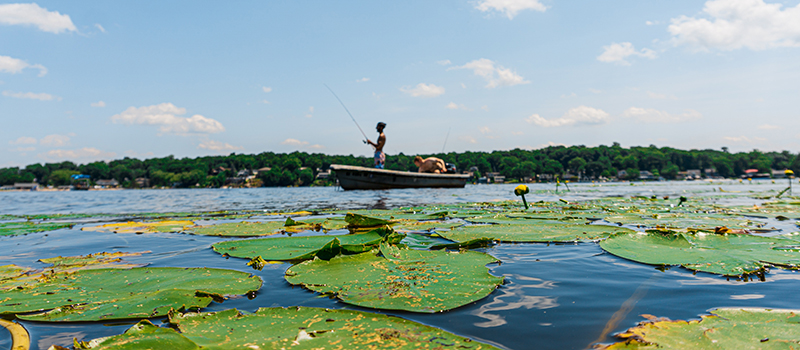Sharing information and analysis with executives and multiple agencies is key to the success of thriving outdoor recreation facilities. GIS enables agencies to display critical information in dashboards that are readily accessible and easy to comprehend.
Having actionable data at their fingertips allows executives to quickly gain a complete view of the status of the facilities and to make better decisions around budget and resource allocations at the local and state levels. Pre-COVID-19, one of the longstanding issues that leaders had to grapple with was the decline in the number of people visiting outdoor recreation facilities. This prompted a need to understand recreation license trends more deeply and maximize the use of recreation resources.
Understanding who has purchased recreation licenses or permits helps organizations target marketing activities and increase retention rates. But amid the pandemic, many outdoor recreation facilities faced a very different dilemma: quickly supporting an influx in site visitors.
Take Tennessee State Parks, for example. When the coronavirus pandemic emerged, the parks didn’t have models in place for closing and reopening facilities. They also lacked analysis that the governor needed to make decisions about access.
State leaders turned to GIS for help. The solution that emerged combines park data, COVID-19 tracking data and real-time information captured on GIS mobile apps that park managers and rangers use. Driven by GIS data and analysis, the park system developed a location strategy and safety initiatives and built a dashboard for disseminating data.
These types of success stories can’t flourish when teams operate in silos. Oftentimes, multiple agencies need to partner on critical projects. To facilitate this cross-collaboration, leaders must be informed and equipped with current and relevant information about all facets of outdoor facilities to make sound, data-driven decisions.
CASE STUDY
New Jersey Better Informs Executives to Minimize Closures
Challenge: In 2019, New Jersey’s Department of Environmental Protection saw a surge in harmful algal blooms (HABs) in lakes and reservoirs across the state. Because these blooms release toxins that can harm humans as well as aquatic life, the department issued advisories recommending against recreational activities like swimming and eating caught fish. Such advisories frustrated residents and visitors.
Solution: That changed in June 2020, when the department launched an interactive mapping tool. The web application presents data about water management to officials and the public in a clear and actionable manner. The state is laying the groundwork to collaborate with county health departments and neighborhood groups to potentially submit samples of HABs through the tool. This allows authorities to expand their footprint and better track changing conditions. Officials are also exploring how the use of trusted collaborators can help in other workflow areas, such as firefighter service and endangered species.
This article is an excerpt from GovLoop’s recent report, “How GIS Drives Innovation Across Outdoor Recreation Spaces.” Download the full report here.






Leave a Reply
You must be logged in to post a comment.